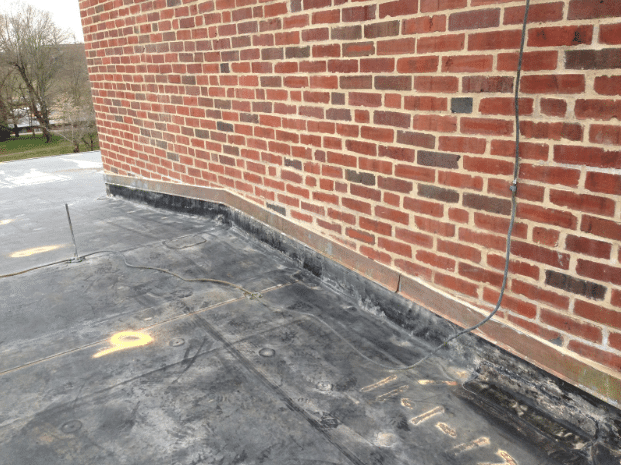Years ago, at a Building Science conference, the presenter did an exercise with the group to show the dangers of water intrusion.
“Imagine you are a droplet of water. Looking at this structure, how do you get inside?”
The question pushed the audience to think about the structure differently. The obvious points of entry were already covered. Windows. Doors. The majority of the roof and exterior structure. The thought of being a drop of water, not a stream from a hose, pushed the attendees to explore the details of the building further: window flashing, pipe flashing, HVAC units, basically any part of the building where water, through the laws of gravity, could find a way into the building.
Where To Find Water Intrusion
Part of an inspector’s job is to think like that droplet of water. Unlike air infiltration, water intrusion can, and should, be stopped from ever entering the structure. Here are some key areas to consider when looking at water intrusion on your buildings:
Flashing at Openings
The low hanging fruit of water intrusion are the openings strategically placed in the building. Window & door flashing needs to be installed so the water is forced to drain to the outside of the structure by layering materials starting at a lower elevation on the wall and moving up. Choose sealants with silicon to prevent shrinkage and cracking, opening an opportunity for a water leak.
Covered Points of Entry
In addition to correct flashing, some entry doors benefit from an awning, shed roof or other structure to prevent most of the water from ever reaching the point of entry. Doors are very common leak areas and adding additional coverage will reduce opportunities for water intrusion as well as providing an energy benefit.
HVAC Units
With many units installed outside the structure, points of entry for piping and ductwork can be a major source of water intrusion. For wall entry units, inspect that flashings are installed to allow water to drain around the opening. Seal penetration with sealants and tapes that will not shrink and crack over time. For rooftop installation, ensure all penetrations are sloped away from the openings and have a clear path to drain, either through gutters or rooftop drainage systems.
Pipes and other penetrations
Inspect pipe boots annually to verify no gaps have developed due to annual temperature fluctuations. Even in more temperate climates, rooftop temperatures can fluctuate ±70°F between overnight lows and midday sun. This can cause expansion and contractions in the material that will breakdown sealants and create a potential leak.
Exterior Cladding
A common misconception is that siding, brick, stone, and other exterior finishes are a barrier to prevent water from entering the building. While some finishes do help with water intrusion, some surfaces, like brick and stone, actually allow water to pass right through into the wall cavity. Building walls of this nature with the correct air gaps and drainage planes is critical. After construction, inspecting the weep holes at the bottom of the wall to ensure they are not clogged with dirt, insects and other debris will prevent water from building up in the wall and draining into the structure.
Water damage is no laughing matter. If your building has an active leak, address these concerns right away. Call Building Envelope Allies today to schedule a water investigation to remedy the problem before it gets worse. Ultimately, the best time to stop a water leak is before it happens. An inspector can help develop a checklist of items to inspect at regular intervals and can recommend a maintenance schedule to prevent issues before they arise.







